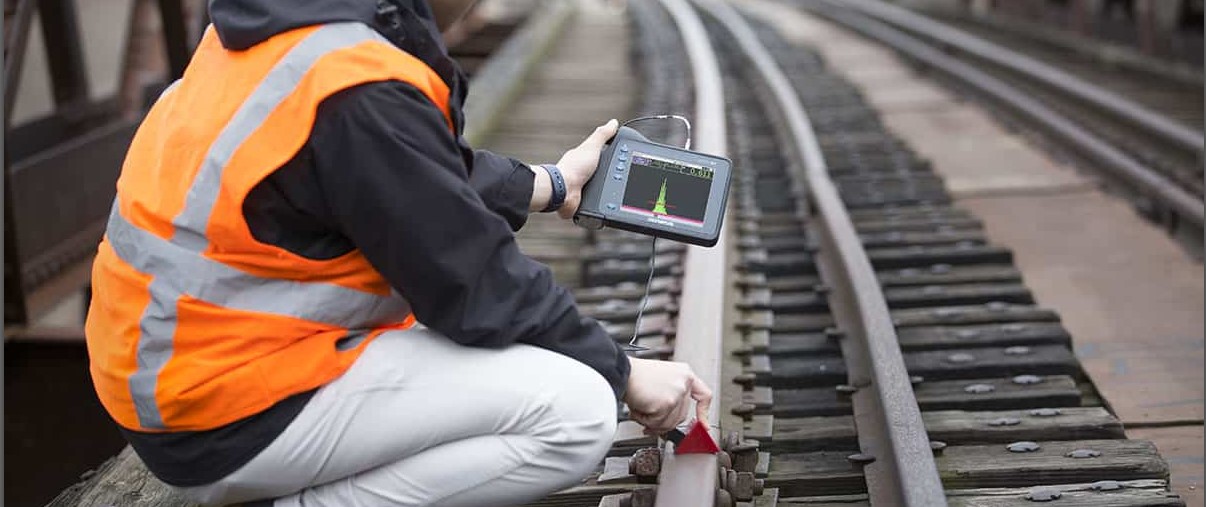
General NDT Group
Welcome to [NDT Inspection Portal]’s general NDT discussion group, a place for professionals in... View more
Interesting facts about nondestructive testing (NDT)
-
Interesting facts about nondestructive testing (NDT)
One of the earliest known examples of NDT was the use of fire to test the quality of iron and steel. In ancient times, blacksmiths would heat a piece of metal and then quench it in water to see how it performed. If the metal cracked or broke when it was quenched, it was considered to be of poor quality. This method of testing was known as “fracture testing” and was used to identify defects and impurities in the metal.
While this method was relatively crude, it demonstrated the concept of NDT by allowing the blacksmith to test the properties of the metal without destroying it. Today, NDT has advanced significantly and employs a wide range of sophisticated techniques and equipment to evaluate the properties of materials, components, and systems.
Log in to reply.